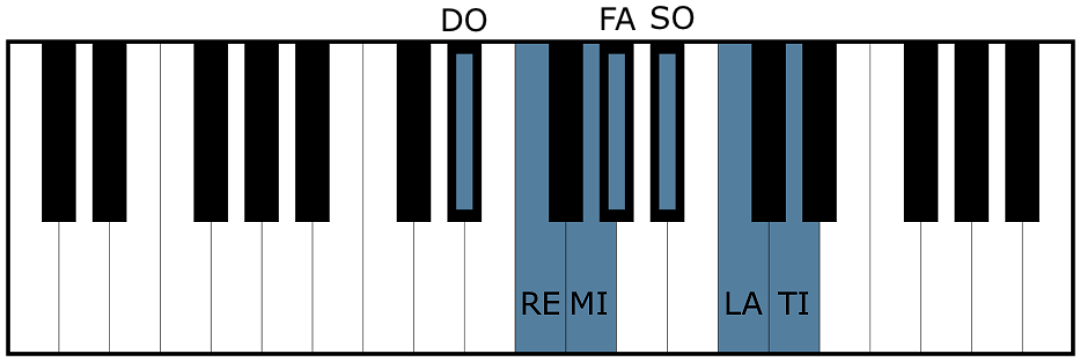

For instance, when you see a C with a sharp, this means you will play C one semitone higher. How did a note that has a sharp, D sharp, equivalent to a note that has a flat, E flat? To understand the link between these two notes, let us first know what sharps and flats are.Ī sharp, often represented by a number sign (#), indicates a halftone increase in the note it was attached to. The modern scale is so limited that some notes, such as B flat and E-flat, are missing, so it is not a surprise that some notes along with them are also missing.īut the real question is, why is one note given two names instead of having one to minimize confusion? Sharps and Flats Explained These name variations are rooted in the limited and inflexible scale musicians use to name pitches. For example, the key pressed on a piano when playing an E flat is exactly the same as the D sharp. Some notes, despite sounding exactly the same, are given different names. Yet, just like any other door, there could be more than just one key. Naming a note and playing it on an instrument is as easy as opening a closed door knob with a key. When you ask two pianists to play a particular note such as a C4 or D5, given that they are well-aware of that note, they would always press the same piano keys. Hence, due to the objective aspect of sound, which is common across all individuals, musicians have given pitches a name that would differentiate one pitch from another. On the other hand, despite what we think that is, we all hear the same sound, same frequency, and same wavelength. When we hear an alternate onomatopoeic sound of a siren, it’s up to our imagination to decide whether it’s from a police car, a fire truck, or an ambulance, this is the subjective side of sounds. Sound is subjective while at the same time it is also objective. Theoretically, though, they do not appear in the same key signature and are not the same note. These two notes are acoustically the same. Between D and E is a half-tone that can be called D sharp or E flat.

Is E flat the same as D sharp? Well, yes and no.


 0 kommentar(er)
0 kommentar(er)
